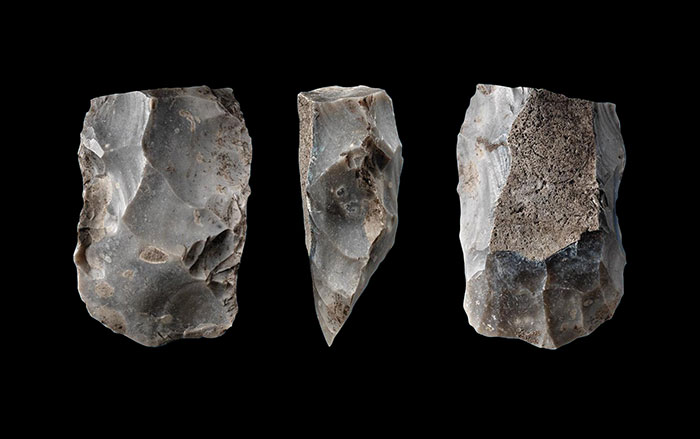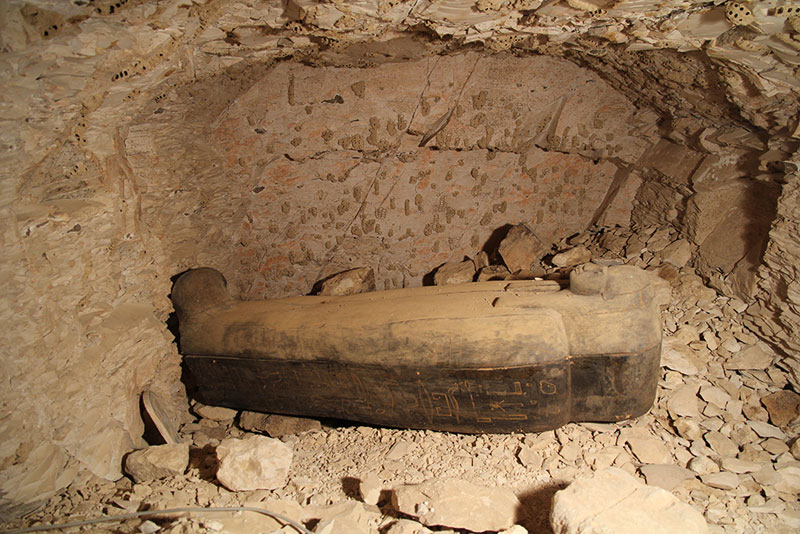
(Courtesy Peter Astrup)

(Courtesy Peter Astrup)
Peter Astrup's annual family beach vacation led to a spectacular archaeological discovery, and a new career. In the shallow water at Horsens Fjord in Denmark, Astrup has been finding artifacts made of flint since 1995. The artifacts turned out to be from a now-submerged village of the Ertebølle people, who lived 7,300 to 5,900 years ago. In 2007, erosion began to expose surprising finds at the underwater site: intact artifacts made of wood and antler. That year Astrup, who is now an archaeology doctoral candidate at the University of Aarhus, teamed up with researchers at the Moesgård and Horsens museums to conserve the fragile artifacts and excavate the site using dive equipment. But erosion has done some excavating of its own, exposing artifacts such as a painted wooden paddle that Astrup only had to lift off the seabed. "It is really amazing when you are diving and then suddenly, at the bottom, you have a perfect, well-preserved artifact lying totally exposed," he says.










